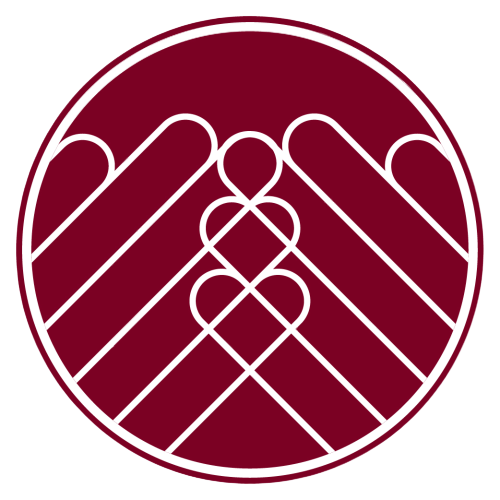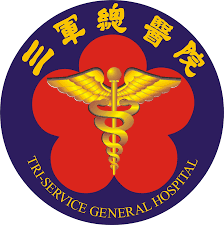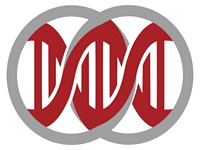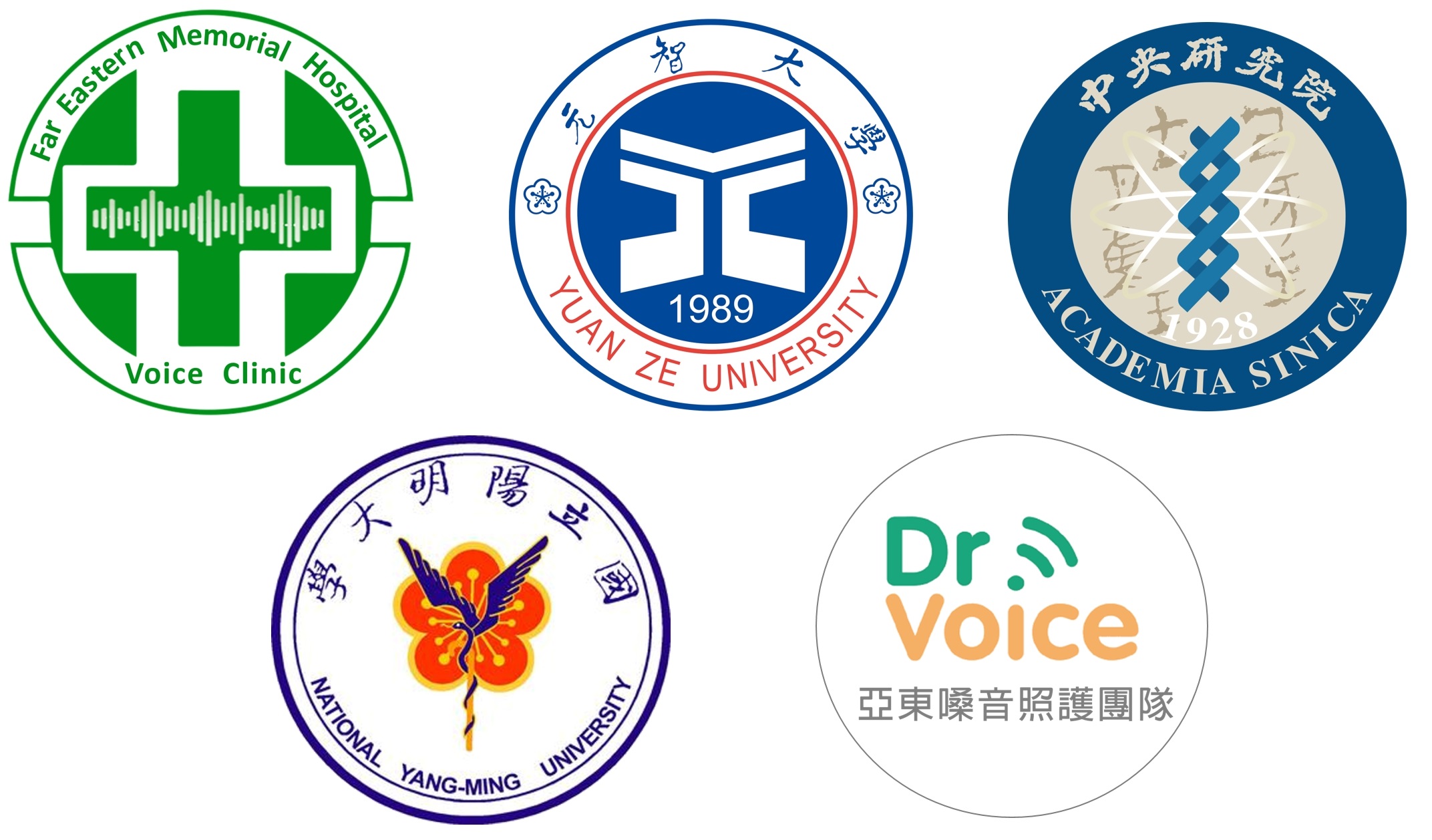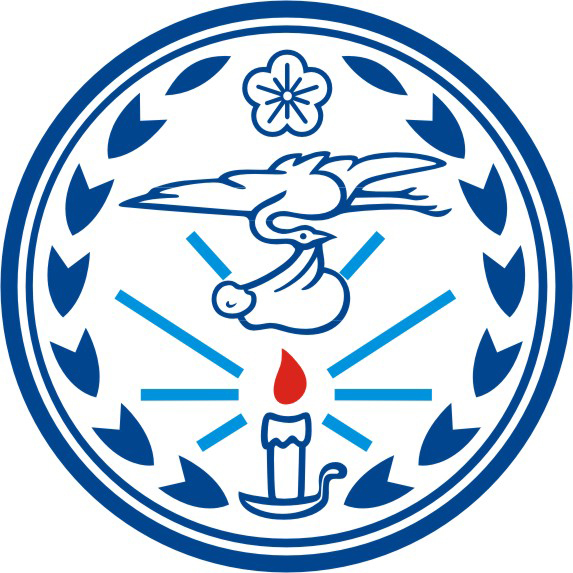
Cohesys
Booth No:R1002-88
Cohesys
Cohesys uses inspiration from nature to create superior, next generation surgical adhesives for the repair of craniomaxillofacial (CMF) bone fractures. Cohesys has developed BoneTape, a novel bone fracture fixation technology that provides an easy-to-use, flexible, low-profile, biocompatible, and bioresorbable system for the alignment and stabilization of non-loadbearing CMF fractures. The patent-protected system consists of a thin degradable polymer sheet coated with a novel bioadhesive, designed to adhere in physiological conditions. BoneTape provides the required mechanical stability to aid in fracture healing and subsequently reabsorbs after bone healing takes place, reducing potential complications related to foreign materials in the body.
Craniofacial Center, Chang Gung Memorial Hospital
Booth No:R1002-57
Craniofacial Center, Chang Gung Memorial Hospital
Since 1970s, when Dr. Christian Guilleminault gave definitions to obstructive sleep apnea (OSA), common ways of treatment included positive airway pressure (PAP) treatment, oral applinaces, weight reduction, and surgeries. Surgical treatments for OSA include soft tissue surgery and cranio-maxillofacial skeletal surgery to enlarge the upper airway. Maxiilomandibular advancement (MMA) has been the most effective surgery for airway expansion and Apnea-Hypopnea Index (AHI) reduction. Commonly, MMA move upper and lower jaw forwad together for more than 1 centimeter. However, the jaw movement may have certain impacts on facial apperance. Especially, for OSA patients with maxillary protrusion, the advancement of maxilla may combine with possible worsening of facial apperance after surgery and make MMA unacceptable to patients. Also, surgeons may have difficulties to find a balance between facial aesthetics and airway expansion while positioning the maxillomandibular complex.From 2004, surgeons in Chang Gung Craniofacial Center took important roles in surgical treatments for OSA, and modified the surgical design of MMA. The surgical considerations are aiming to the facial characteristics of adult patients with OSA, which include mandibular retrognathism, Angle’s Class II maloccluison, high mandibular and occlusal plane, protrusion of upper and lower front teeth, and narrowed pharyngeal airway. An unique surgical design of Segmental Maxillomandibular Rotational Advancement (SMMRA)(Fig. 1) is composed by Maxillary LeFort I Osteotomy, Wassmund Maxillary Anterior Segmental Osteotomy, Bilateral Sagittal Splits Osteotomy of Mandible and Counterclockwise Rotational Advancement of Maxillomandibular Complex. By the surgical design, the craniofacial skeletal deformity, malocclusion, and narrowed airway are corrected within one surgery. With consideration of facial aesthetics, the surgical design is more acceptable to patients.
Of 75 (20 females, 31.0±9.5 years old) consecutive patients, polysomnographic results before and after surgery showed reduction of AHI from 39.6± 24.7/hr to 4.7± 7.0/hr, improvement of lowest O2 saturation from 84.4± 8.0% to 88.5± 11.9%, and Epworth Sleepiness Score from 12.6± 5.3 to 6.0± 3.4.
In summary, Segmental Maxillomandibular Rotational Advancement can effectively improve polysomnographic outcome in OSA patient with comprehensive considerations of airway, occlusion, and facial aesthetics.
Daxin Biotechnology Co.,Ltd.
Booth No:R1002-166
Daxin Biotechnology Co.,Ltd.
Daxin Automatic Toileting DeviceEgestion has always been a major hindrance in terms of long-term care for bedridden patients. How can we enhance comfort for both the caregiver and the care recipient, while also realizing convenient cleaning?
Daxin’s Automatic Toileting Device revolutionizes traditional cleaning methods and relieves family members and health workers from the trouble of periodically changing diapers. The Automatic Toileting Device can also effectively reduce infection and provide a cleaner, more comfortable experience for long-term bedridden individuals.
2. National long-term cooperation and maintenance agencies
3. Assistive services and access cooperation
Deep01 Limited
Booth No:R1002-162
Deep01 Limited
An AI computer-assisted image diagnosing solution developed by Deep01, DeepCT, can help doctors in the emergency room to detect whether or not intracranial hemorrhage2. Investors who have connection to medical industry.
3. Doctors who have great experiences in neurology/neurosurgeon or emergency room out of Taiwan, and help Deep01 to test AI in hospitals overseas.
Division of Chest, Tri-Service General Hospital
Booth No:R1002-48
Division of Chest, Tri-Service General Hospital
Respiratory therapeutic devices have been used for examination and training purposes. The former includes pulmonary function tests and weaning parameter evaluation. The latter is mainly used as incentive spirometers and for respiratory muscle training.This product combined sensors with Arduino board and can be connected to any mobile via Bluetooth, enabling the visualization, remote connection and storage of the data. It can be validated against the respiratory devices clinically used. It also has the potential to integrate with the devices of different purposes and replace many other products, bringing an estimated venue of 3.1 billion points based on the current national health system.
DuoGenic StemCells corporation
Booth No:R506
DuoGenic StemCells corporation
DuoGenic StemCells dedicate to promoting real application of human stem cells including research and clinical usage. We focus on developing the stem cell culture medium. Now we have xeno-free medium for human embryonic stem cells (hESC), human induced pluripotent stem cells (hiPSC) and human mesenchymal stem cells (hMSC). We also want to build 3D suspension culture system for Mass production of stem cells and provide technical service for stem cells culturing. We will promote our medium into clinical medical grade and look favorably on stem cell therapy application in the future.
EpiSonica Corportion
Booth No:S1210
EpiSonica Corportion
1. iABUS (Automated Breast Ultrasound System)2. MRgHIFU (High Intensity Focused Ultrasound)
Ever Young BioDimension
Booth No:R506
Ever Young BioDimension
1.3D medical software/hardware sales
2.Customized Medical Models and Molds
3.Customized Assistive Devices
2. Customized Medical Models and Molds-International Medical、sales
3. Customized Assistive Devices-International Medical、Collaborate & Development、sales
Far Eastern Memorial Hospital, Yuan Ze University, Academia Sinica, National Yang Ming University
Booth No:R1002-82
Far Eastern Memorial Hospital, Yuan Ze University, Academia Sinica, National Yang Ming University
Correct diagnosis of voice disorders require specific endoscopy performed by experience doctors. With the progress of computation capability, various machine learning algorithms have been applied to interpret complex clinical and laboratorial data. Our research group combined expert of phoniatrics, electric engineering, signal processing and artificial intelligence. We published the first research using deep learning approach to detect pathological voice in 2018. Our results exceeds all the existing classifiers, reached an accuracy of 99.14%. We also hosted the FEMH Voice Disorder Detection Competition on 2018 IEEE International Conference on Big Data, which was the first of its kind. More than 100 teams from 27 different countries participated in our competition. To breakthrough current research limitations of classification of voice disorders, we proposed multi-modal approaches to integrate demographic feature, acoustic signals, and clinical symptoms. Our results achieved an accuracy of 87.26% for the classification between phonotraumatic lesions, glottic neoplasm, and vocal palsy.2. IoT integrated system
3. Computer-aided diagnosis
Fooyin University
Booth No:R808
Fooyin University
First, 4 D Gut precision medicine platformGut microbiota database including more than 5,000 normal Taiwanese, standard collection and operation procedures, completed combination of blood test data, genes, gut microbiota, and data tracking at different time points have been well established; at least 30 kinds or more disease risk assessment models with corresponding nutritional solutions have been also included. It can be applied to personalized gut precision medicine, precise nutrition, development of concomitant diagnostic kits and FMT tracking.
Second, personalized genetic testing platform
Customized genetic polymorphism testing services can be used for risk assessments of early child treatment, chronic disease management, cancer, aging and metabolic diseases.
Third, health food certification platform
Animal room, next-generation sequencer, biochemical analysis equipment, blood analysis equipment, component analysis equipment, and immunohistochemistry have been well established, which can be used for health food stability, function, animal intestinal flora and efficacy testing services.
Fourth, the composited probiotic fermentation platform
A technique for screening, isolating, culturing, fermenting, embedding, and preserving specific probiotics. It provides possible solutions for personalized disease assessments and microbial extraction product development.
V. Commercial microbiota analysis platform
It has been able to analyze the microflora composition of feces, saliva, bronchial flushing fluid, skin, tissues, environment, pets, and scientific research animals. The complete NGS-based microbiota analysis process, such as preservation solution development, delivery conditions, standard operating procedures, quality control system, data analysis and customized report, has been developed, providing various sample inspection and scientific data analysis and manuscript submission services.

